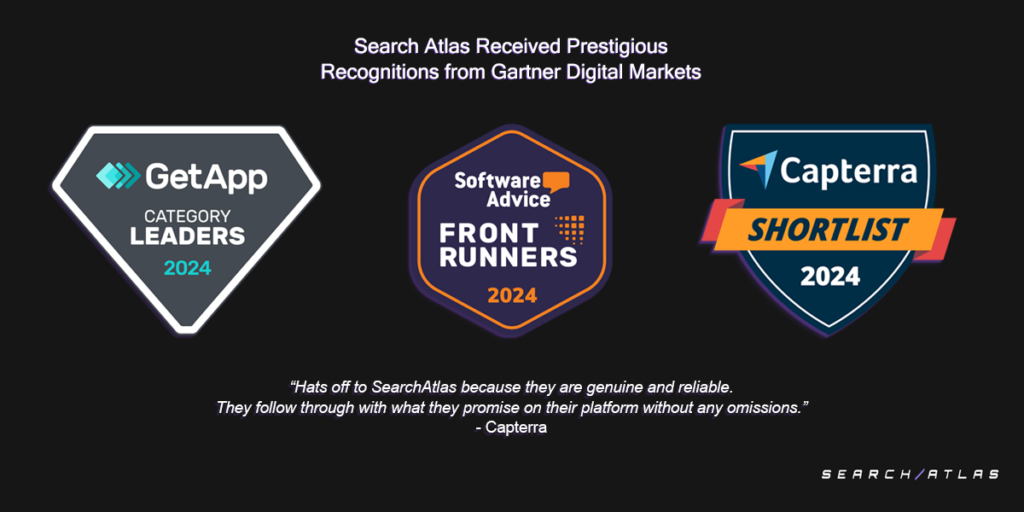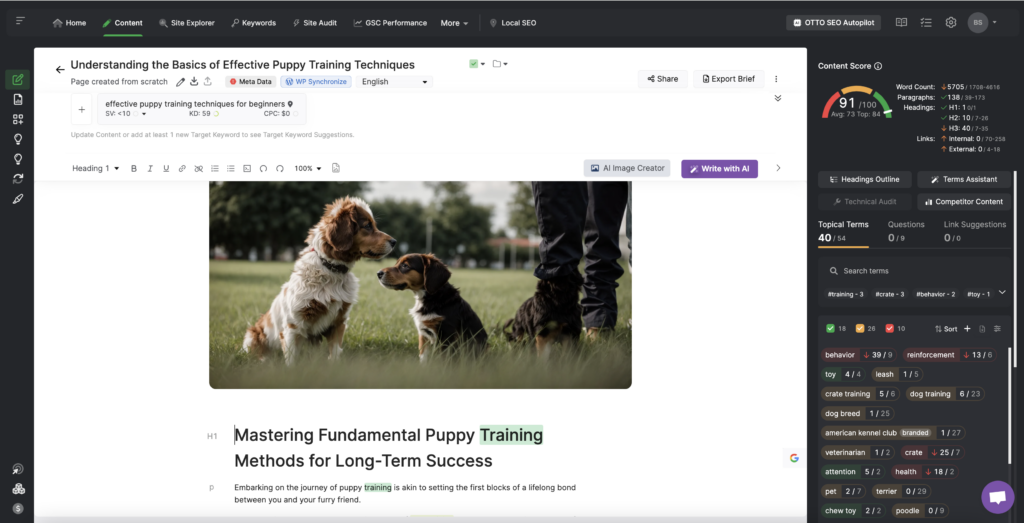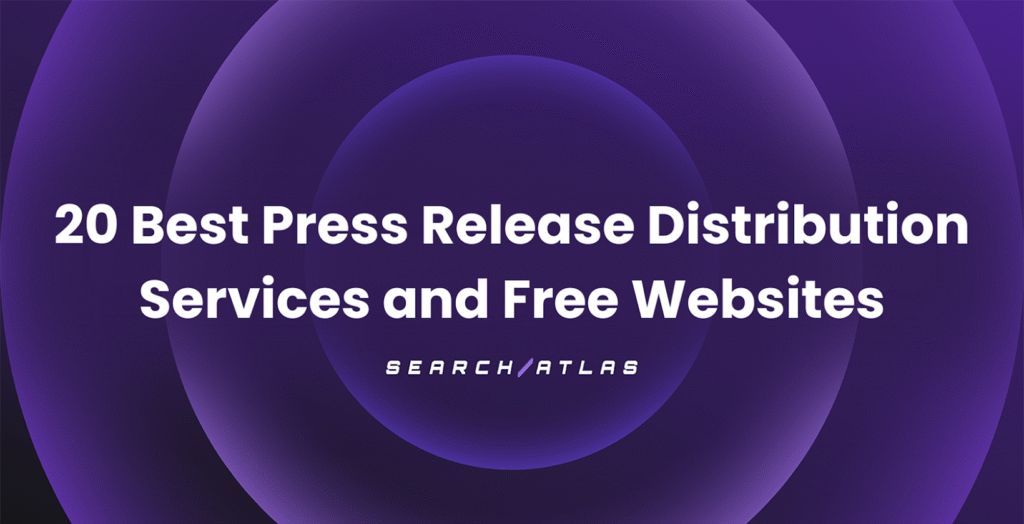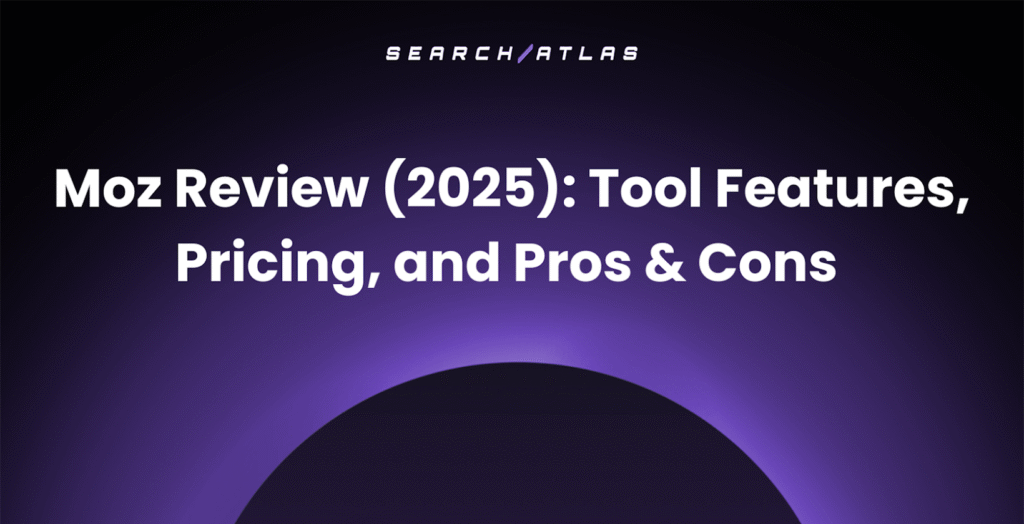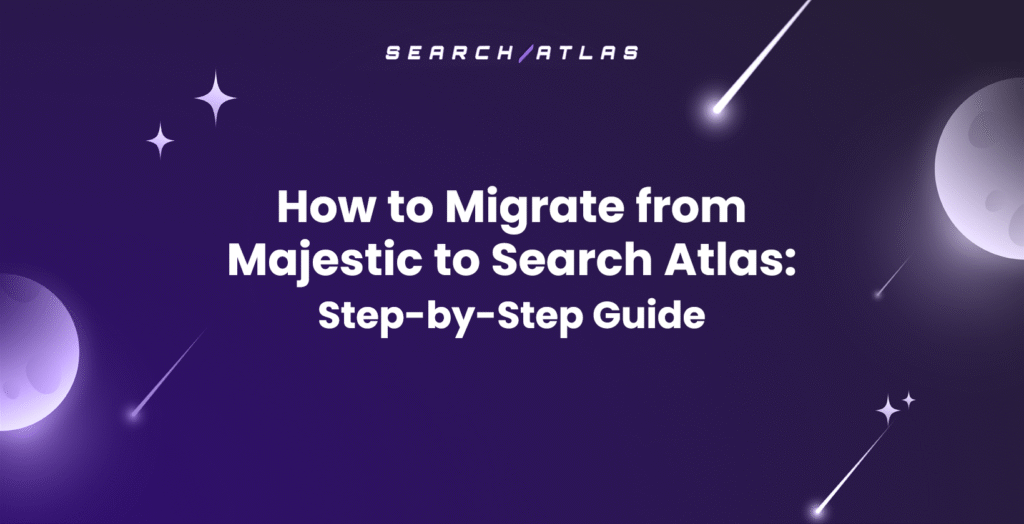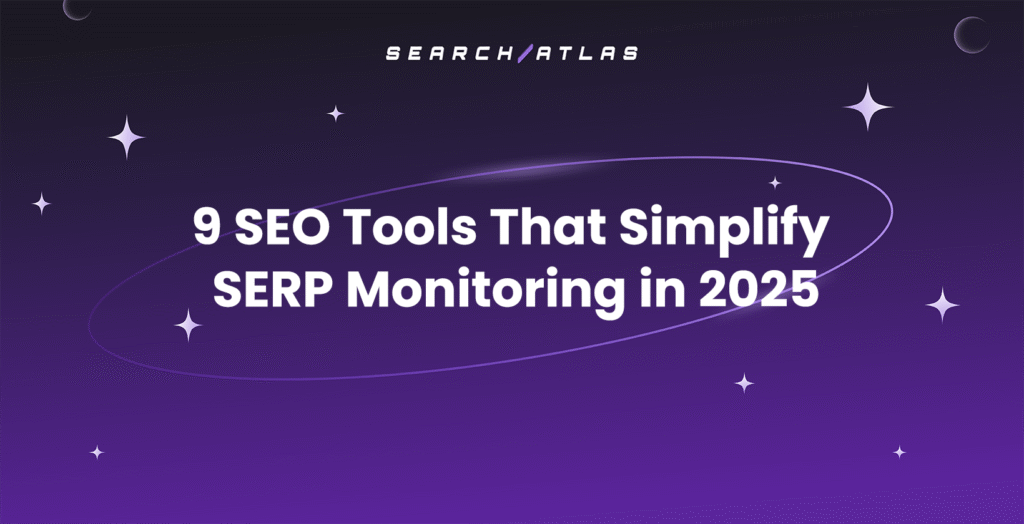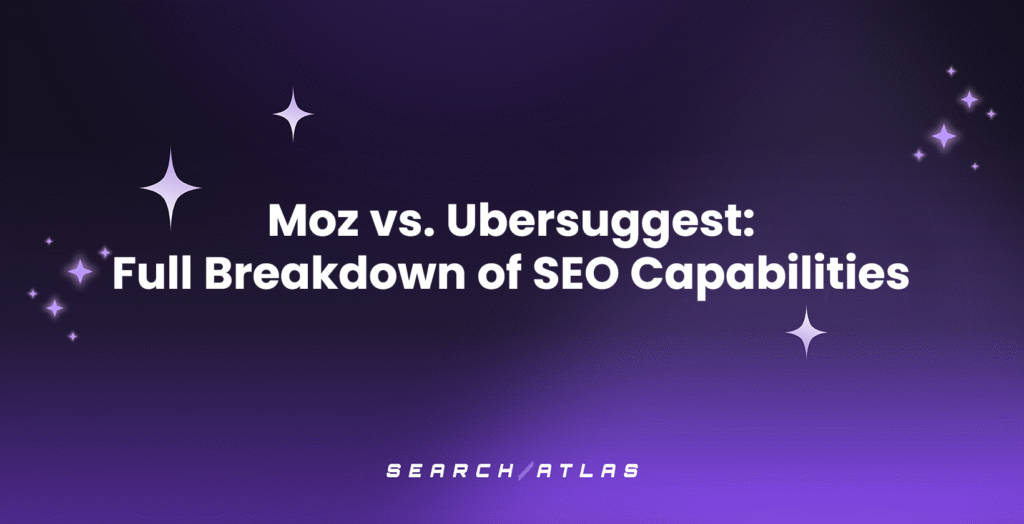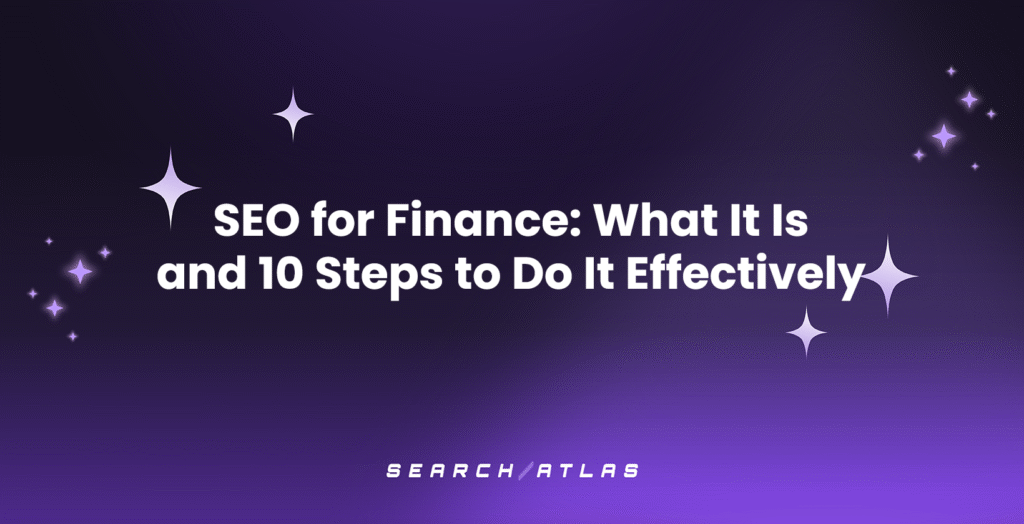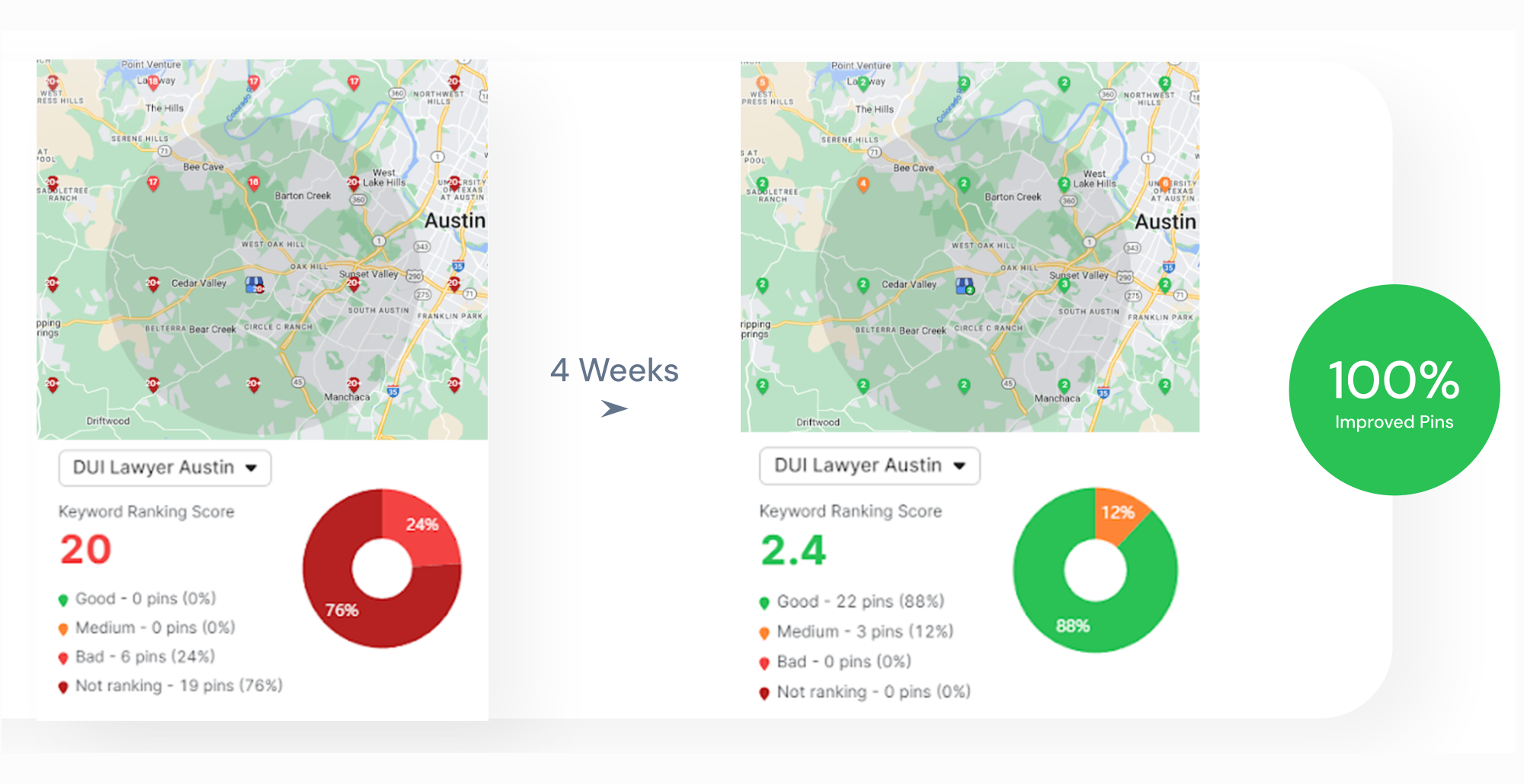Are you pouring money into advertising but seeing minimal returns from your online store? Frustrated with low conversion rates and struggling to reach the right customers?
Mastering Google Ads for Ecommerce can be the game-changer you need.
Given the competitiveness of ecommerce, simply having a great product isn’t enough. You need a robust, data-driven strategy to cut through the noise and connect with ready-to-buy shoppers.
This comprehensive guide will equip you with exactly that. We’ll dive deep into every crucial aspect, from setting up your first campaign to optimizing with modern PPC tools.
Let’s unlock your store’s full potential. 💪
How Google Ads Drives Ecommerce Growth
Google Ads has the highest market share of all advertising platforms in the world, covering almost one third of the market. It is used by hundreds of thousands of businesses, and it can help you store as well.
Think of it as a way to connect directly with people who are already searching for what you sell. Google Ads helps you achieve this in several ways.
You can use search ads to appear at the top of search results, showcase your products with visually appealing Shopping ads, and even re-engage past website visitors with remarketing.
What’s great is that you’re in control of your budget, and you can clearly see what’s working (and what’s not) through detailed performance tracking. Plus, Google provides tools to help you constantly improve your campaigns.
The result? More people visiting your store, more sales, and a better return on your advertising investment. 💰

Understanding Different Google Ads Campaigns
When it comes to Google Ads, choosing the right campaign type is crucial for ecommerce success. Each type offers unique advantages for reaching your target audience. Let’s break the most important types down.
Search Ads
These are your bread and butter for capturing high-intent customers. When someone searches for “red running shoes,” your ad can appear at the top of the results, putting your product directly in front of someone actively looking to buy.
The key here is precise keyword targeting and compelling ad copywriting that highlights your unique selling points.
Shopping Ads
For ecommerce, these are arguably the most powerful. Shopping Ads showcase your products directly in Google’s search results and the dedicated Shopping tab, complete with images, prices, and your store name.
This visual format is incredibly effective at driving clicks and conversions because customers see exactly what they’re getting before they even reach your site.
Display Ads
Display Ads use visually appealing banners or images to promote your brand across millions of websites in the Google Display Network. While they’re not as direct as Search Ads, they’re perfect for building awareness and keeping your ecommerce store top of mind.
You can use Display Ads to introduce new products, promote special offers, or retarget users who’ve visited your site but haven’t made a purchase yet.
Remarketing (Display and Search)
This isn’t a separate campaign type, but a targeting strategy within Display and Search. Remarketing lets you show ads to people who have previously visited your website.
For example, if someone viewed a specific product but didn’t purchase it, you can target them with ads featuring that exact product, reminding them and encouraging them to complete the purchase. It’s a highly effective way to recapture lost sales.
Video Ads
Use engaging video content, typically on YouTube, to showcase your products in action, demonstrate their benefits, or tell a compelling brand story. This is great for building awareness and driving consideration, especially for products that benefit from visual demonstration.
Performance Max Campaigns
Unique to Google Ads, Performance Max Campaigns use machine learning to combine all of Google’s ad formats, Search, Display, Shopping, Video, and more, into a single campaign.
These campaigns are designed to optimize performance across all channels, making them a great option for ecommerce businesses looking for an all-in-one solution to drive sales and conversions.
5 Steps to Set Up Your Google Ads Account for Ecommerce
Setting up your Google Ads account is simple, you just need to follow these 5 easy steps.
1. Create a Google Ads Account
To start, sign up for Google Ads if you don’t have an account yet. It’s easy and free to get started, just go to the Google Ads website, click “Start Now,” and follow the simple steps to create your account.
You’ll be asked for some basic information, like your business name and website. Once set up, you’ll have access to all of Google Ads’ features.
2. Link Your Ecommerce Platform
After setting up your account, it’s time to connect your ecommerce platform, such as Shopify, WooCommerce, or BigCommerce.
This step helps Google Ads pull in your product data like pricing, images, and descriptions automatically, so you can run ads for your products without manual entry. Linking is simple and usually involves syncing through an integration tool or plugin.
3. Set Your Goals
Decide on your business objectives. Do you want to increase website traffic, drive more sales, or raise brand awareness?
Knowing your goals helps guide your ad campaign strategy and ensures that you’re optimizing your Google Ads campaigns effectively. If your focus is conversions, for example, you’ll want to set up campaigns designed to drive purchases.
4. Define Your Campaign Settings
With your goals in mind, it’s time to fine-tune your campaign settings. Choose a budget that fits your needs, select your audience by setting demographic and geographic preferences, and pick the right type of ads for your objectives.
This customization helps ensure that your ads reach the most relevant people, improving your chances for success.
5. Install Conversion Tracking
Finally, install conversion tracking on your website to measure the success of your ads. Conversion tracking is essential for understanding which actions people take after interacting with your ads, whether it’s a purchase, a sign-up, or another goal.
Setting up tracking allows you to optimize your campaigns based on real performance data, ensuring you’re getting the most out of your advertising budget.
3 Effective Keyword Strategies for Ecommerce Ads
To make the most out of your Google Ads campaigns, it’s crucial to have a solid keyword strategy. Here’s what that includes.
1. Do Thorough Keyword Research
Start by researching the terms people use when looking for products like yours. Specialized keyword research tools can help you discover high-volume keywords and identify new ones that you may not have thought of. Focus on terms that directly relate to your products and services to ensure you attract relevant traffic.
2. Use Different Keyword Match Types
Google Ads offers different match types to control when your ads appear:
- Broad Match: Your ad shows for variations of your keyword, including synonyms and related terms.
- Phrase Match: Your ad will appear for searches that include the exact phrase or close variations.
- Exact Match: Your ad appears only when the exact keyword is searched, giving you more control.
Start with a mix of match types (usually phrase and exact) to find what works best for your business.
3. Focus on Long-Tail Keywords
Long-tail keywords are longer, more specific phrases that often have less competition. They might have lower search volume, but they tend to be more targeted, meaning they can lead to higher conversion rates. For example, instead of bidding on “running shoes,” target “best running shoes for flat feet” or “comfortable running shoes for long-distance runners.”
By focusing on long-tail keywords, you can reach shoppers with a clear intent to purchase, boosting your ROI.
3 Advanced Campaign Optimization Tactics
Optimizing your Google Ads campaigns takes a bit more finesse. Here are some advanced tactics to get the most out of your budget:
1. Smart Budget Management
Start by allocating your budget based on campaign goals. Monitor your spending regularly to ensure you’re not overspending on underperforming ads. Adjust your budget based on the products or campaigns that are driving the most sales or conversions.
2. Automate Bidding Strategies for Maximum ROI
Automated bidding strategies like Target ROAS and Maximize Conversions are ideal for ecommerce businesses because they save time and optimize performance:
- Target ROAS: Auto-adjusts bids to hit your desired return. Best if you know how much you want back for each dollar spent.
- Maximize Conversions: Auto-sets bids to get the most conversions within your budget, perfect for fast growth over precise returns.
Unlike manual bidding, these strategies adjust in real-time to achieve your set goals, such as maximizing return on ad spend or driving the most conversions within your budget.
Manual bidding, on the other hand, requires constant monitoring and adjustments, making it less efficient for businesses that want to scale quickly.
3. Ad Rotation for Better Performance
Test multiple versions of your ads and rotate them to identify the best-performing creatives. Google Ads can automatically optimize ad rotation for you, but you can also manage it manually.
Regularly updating your ads with fresh content and offers will keep your audience engaged and improve ad performance over time.
8. Leveraging Google Analytics for Ecommerce Ads
Google Analytics is more than just a traffic monitor; it’s a treasure trove of insights that can supercharge your ecommerce advertising efforts. By understanding and utilizing key metrics, you can fine-tune your campaigns for optimal performance. Let’s explore how to harness this tool effectively:
1. Set Up Ecommerce Tracking
First things first, ensure that ecommerce tracking is enabled on your website. This setup allows Google Analytics to collect data on user interactions with your products, providing a clear picture of your sales performance. Without this, many of the metrics we’ll discuss won’t be available.
2. Monitor Conversion Metrics
Conversions are the lifeblood of ecommerce. In Google Analytics, key conversion metrics include:
- Purchases: The total number of completed transactions.
- Items Purchased: The quantity of products sold.
- Purchase Revenue: The total revenue generated from sales.
By tracking these, you can identify which products are flying off the virtual shelves and which might need a marketing boost.
3. Analyze Customer Behavior
Understanding how users interact with your site post-ad click is crucial:
- Bounce Rate: The percentage of visitors who leave after viewing only one page. A high bounce rate might indicate that your landing pages aren’t resonating with visitors.
- Session Duration: The average time users spend on your site. Longer sessions often suggest engaging content and a positive user experience.
- Pages per Session: This shows how many pages a user views in one visit. More pages per session can indicate effective site navigation and content interest.
These UX metrics help you gauge user engagement and pinpoint areas for improvement.
4. Evaluate Traffic Sources
Knowing where your visitors come from allows you to allocate your advertising budget wisely:
- Organic Search: Traffic from search engines.
- Direct: Users who type your URL directly into their browser.
- Referral: Visitors who come from links on other websites.
- Social: Traffic from social media platforms.
- Paid Search: Users who click on your paid ads.
By analyzing these metrics, you can determine which channels are most effective and adjust your marketing strategies accordingly.
5. Assess Ad Performance
If you’re running Google Ads, integrating them with Google Analytics provides a wealth of data:
- Cost Per Click (CPC): The average amount you pay for each click on your ad.
- Click-Through Rate (CTR): The percentage of people who click your ad after seeing it.
- Conversion Rate: The percentage of ad clicks that result in a desired action, like a purchase.
Monitoring these metrics helps you understand the ROI of your advertising spend and optimize campaigns for better results.
6. Utilize Enhanced Ecommerce Features
Google Analytics offers enhanced ecommerce tracking, providing deeper insights such as:
- Product Performance: See which products are viewed, added to carts, and purchased the most.
- Shopping Behavior Analysis: Understand where users drop off in the shopping process, from product view to purchase.
- Checkout Behavior Analysis: Identify at which step users abandon the checkout process.
These insights are invaluable for streamlining the user journey and reducing friction points.
7. Set Up Funnels
Google Analytics 4 (GA4) enhances your ability to analyze customer journeys through customizable funnels.
You can set up funnels to track key steps in the customer journey, like product views, adding items to the cart, and completing a purchase. This helps you see how users progress and where they drop off.
You can also visualize these steps and identify any areas where users are abandoning the process. This helps you spot bottlenecks and optimize the experience to increase conversions.
8. Set Up Goals
Setting up Goals is essential for tracking valuable actions on your site, like purchases, sign-ups, or other key conversions. Here’s how to use them:
- Define Your Goals: Identify the actions that matter most to your business, such as completing a purchase or filling out a contact form.
- Set Up Goals in GA4: Once you’ve identified your key actions, go into GA4 and create specific events for those actions. This can be done through the “Events” section, where you define what qualifies as a goal (e.g., a purchase confirmation page view).
- Track and Optimize: Once goals are set, GA4 will automatically track how users are completing them. You can then use the data to optimize campaigns and user flows, ensuring you’re driving the most valuable actions for your business.
5 Common Pitfalls to Avoid Google Ads
Running Google Ads campaigns can be tricky, but avoiding a few common mistakes can make a big difference in the effectiveness of your ads. Here are some common pitfalls to steer clear of:
1. Irrelevant Targeting
One of the biggest mistakes you can make is targeting the wrong audience. If your ads aren’t reaching the people most likely to buy your product, you’re just wasting money.
Solution: Be specific with your audience targeting. Use demographics, location, and interest-based targeting to make sure your ads reach the right people. Additionally, try creating custom audiences based on website visitors or past buyers.
2. Poor Ad Copy
Your ad copy is what hooks potential customers, so don’t let it fall flat. Generic or unclear ad copy won’t grab attention or drive conversions.
Solution: Write clear, concise, and compelling copy. Focus on the benefits of your product, include strong calls to action, and make sure your ads align with the keyword intent of users. Always test different headlines and descriptions to see what resonates best.
3. Ignoring Negative Keywords
Without negative keywords, your ads could show up in irrelevant searches, leading to wasted clicks and budget.
Solution: Regularly add negative keywords to filter out irrelevant traffic. This helps ensure your ads only show up for highly relevant searches, keeping your budget focused on quality leads.
4. Not Tracking Conversions
Running ads without tracking conversions is like driving without a map. Without this data, you won’t know which campaigns are driving results.
Solution: Set up conversion tracking in Google Ads and Google Analytics to measure actions like purchases, form submissions, or sign-ups. This helps you optimize for real results and improve ROI.
5. Not Testing and Optimizing
Google Ads campaigns need constant attention and adjustments. If you’re not regularly testing and optimizing your ads, you’re missing opportunities for improvement.
Solution: Run A/B tests on your ad copy, targeting, and bidding strategies. Continuously monitor your campaigns and make tweaks to improve performance over time.
Boost ROAS with OTTO Google Ads
OTTO GA is the latest AI tool on the market and the only one that automates Google Ads campaigns FULLY.
Once you connect your account, it takes care of the heavy lifting by:
- Automatically creating campaigns 🤖
- Finding the right keywords 🎯
- Writing compelling ad copy ✒️
What’s more, OTTO GA is part of a larger marketing platform that includes tools for SEO, content, and digital PR.

By keeping all your marketing data in one place, it helps you get a clearer picture of your overall performance and makes managing your campaigns more efficient and stress-free.
For ecommerce businesses, this means more time to focus on growth. 🌱
Google Ads Made Easy
Google Ads has the potential to transform ecommerce businesses, but achieving success requires a strategic approach. Every detail counts, from selecting the right campaign types to fine-tuning keywords, budgets, and bidding strategies.
The secret to sustained success lies in constant improvement. You need to test, optimize, adjust, and finally, automate.
If you’re looking to make the most out of Google Ads with AI, test OTTO Google Ads with a free trial. It will get your campaigns up with just a few clicks, and optimize them using the latest AI tech.
